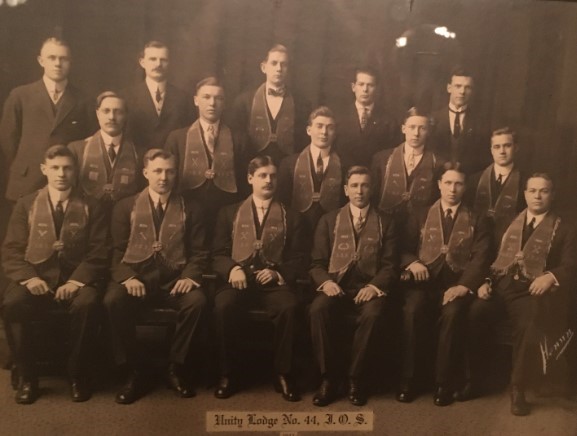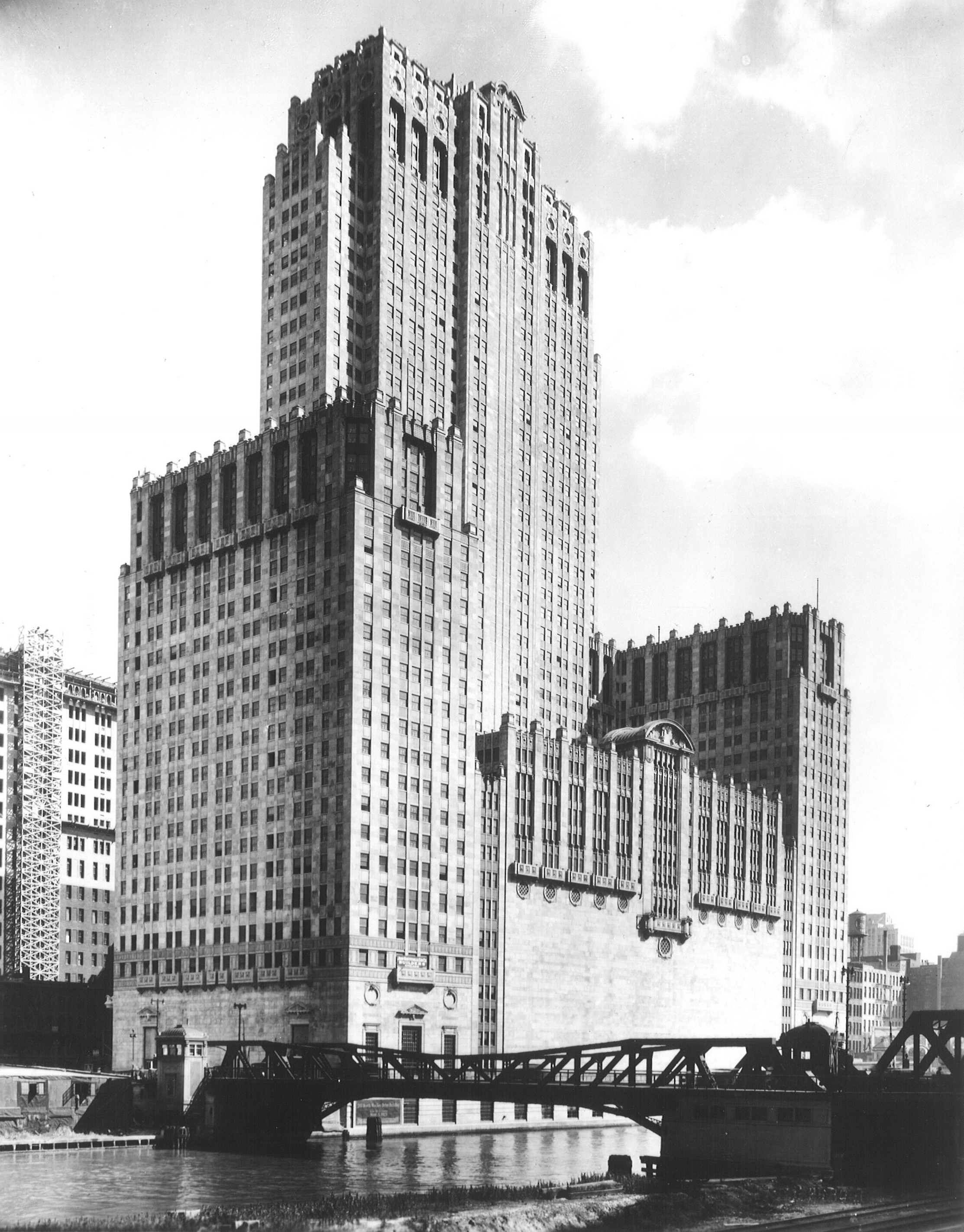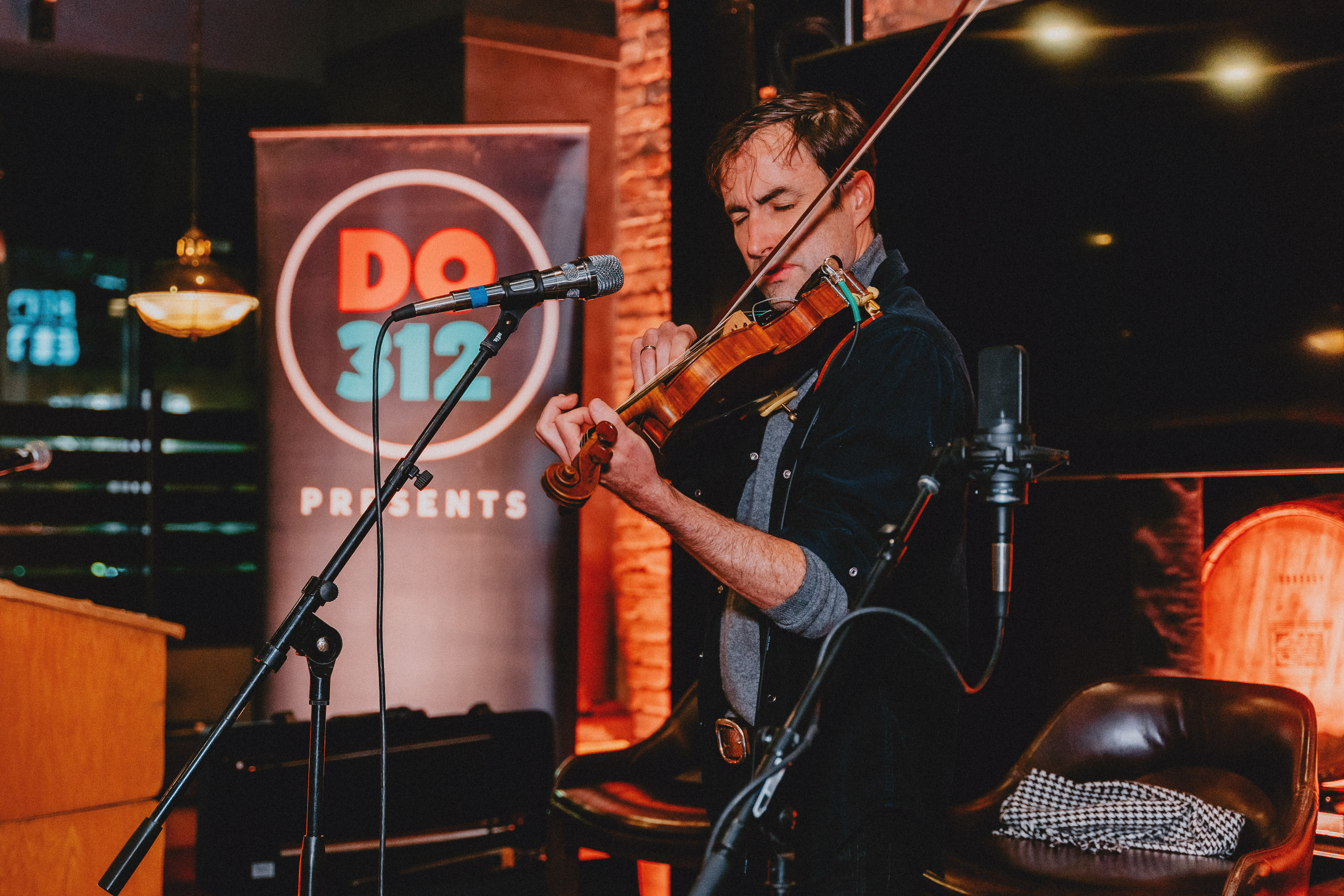This week marks one year since Curious City last put on a live event in front of an audience. Just days before the pandemic shut down the city, Curious City reporter Monica Eng hosted an event at Goose Island Brewery, to answer a question from singer-songwriter Andrew Bird.
The violin-playing, whistling musician got his start in Chicago. So he wanted to know about the history of some Chicago spots where he’s performed, particularly the Metro in Wrigleyville, the Lyric Opera House downtown and the Hideout in Lincoln Park.
“I’d heard anecdotes over the years [about these venues] but I’d never done a deep dive,” Bird said.
So Eng dug into the archives and spoke to experts to uncover the hidden past of these iconic venues. On this week’s podcast episode, we revisit the event to share some of the fascinating things we learned — like how the Metro was originally built as a Swedish fraternal lodge known as a svithiod.

The building was built as both a lodge and a public theater called The Northside Auditorium Building. According to Tribune reports, it had a 1,200-seat auditorium and eight stores. The lodge, known as a svithiod, supported the Scandavian community and was known for raising money to provide for the widows of its members.

Plus, Lyric Opera of Chicago historian Drew Smith explains how the ornate opera house was built and tells us more about the utilities magnate, known as “the prince of electricity” who commissioned it. Smith also dispels some famous myths about the downtown building.
And, we learn about the mobster history and working class roots of the 150-year-old Hideout — where Andrew Bird actually lived for a time.
“I slept upstairs with Thundarr the cat. It was pretty small, and not that it’s nice now but it was not nice [back] then,” Bird said.
More about our questioner
Andrew Bird is a Grammy-nominated singer-songwriter known for his violin-heavy folk pop music and prodigious whistling. Born and raised in Lake Forest, he came of age in the Chicago music scene, and he wanted to learn more about some of the venues he’s played.
Monica Eng is a reporter for Curious City. You can follow her @MonicaEng.



